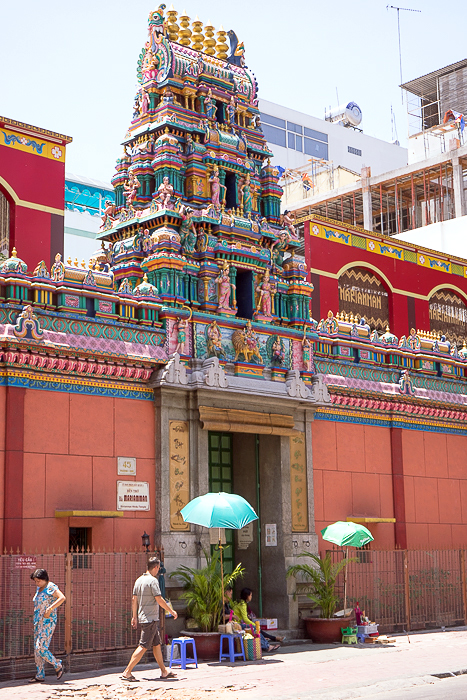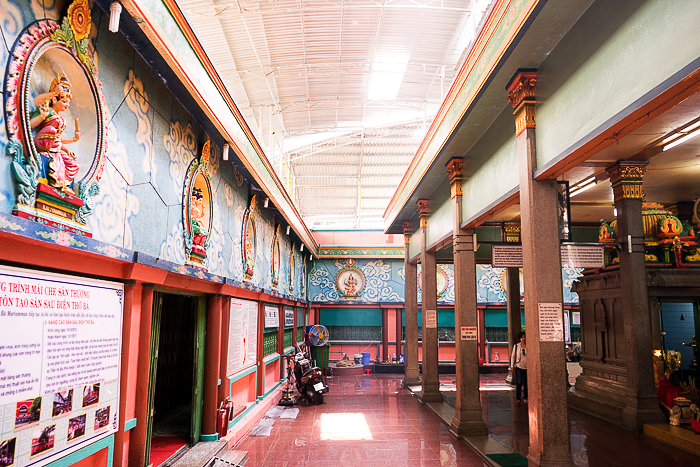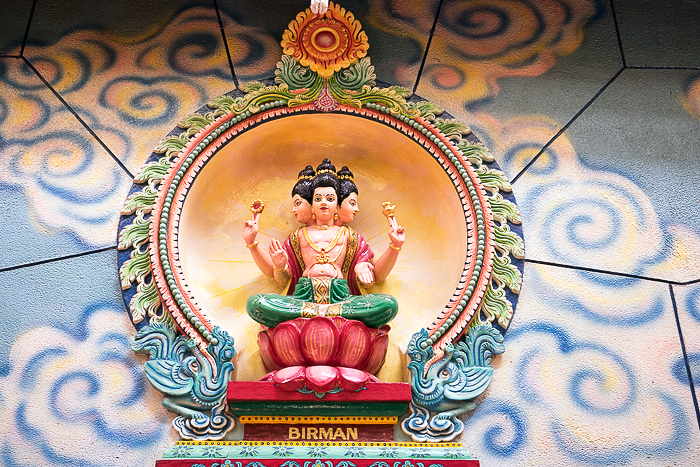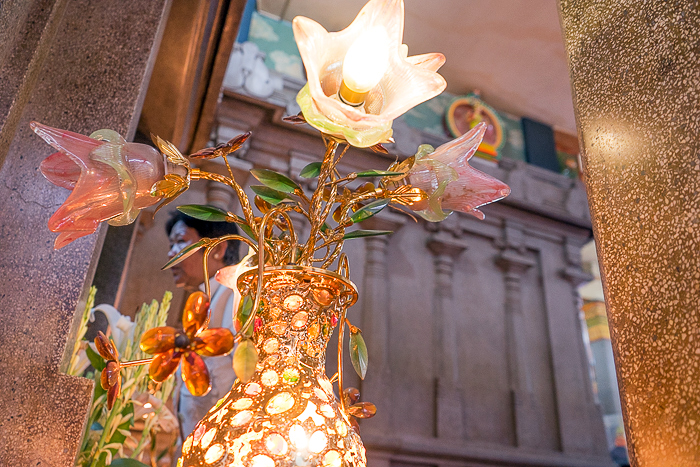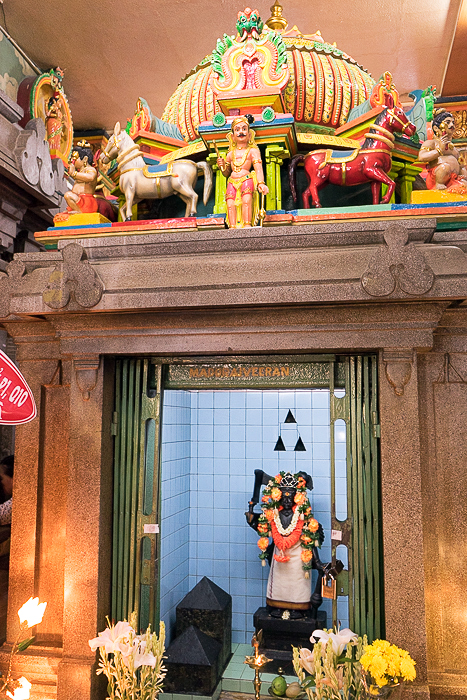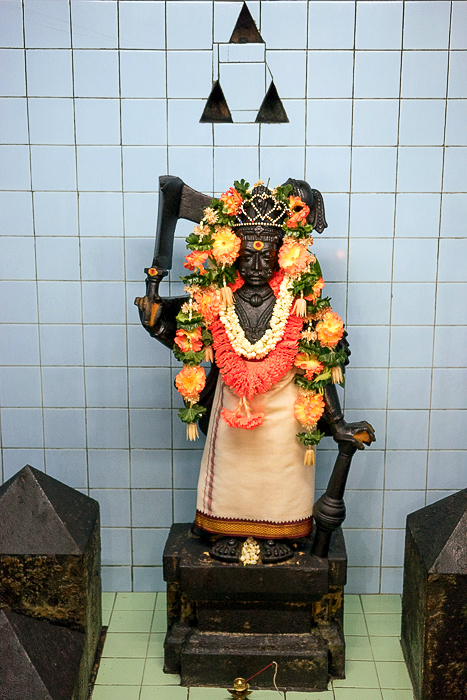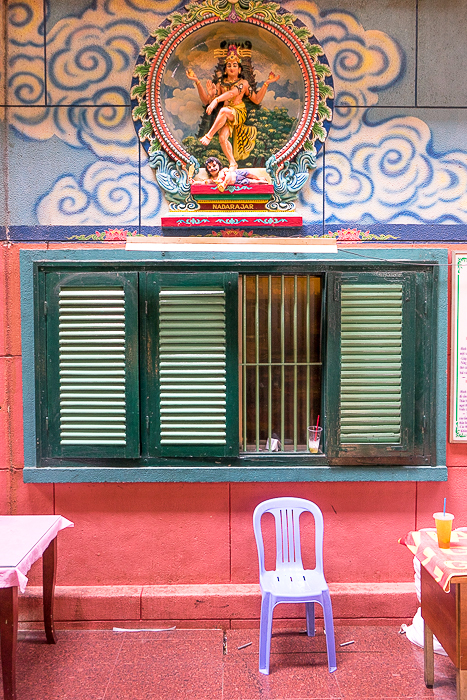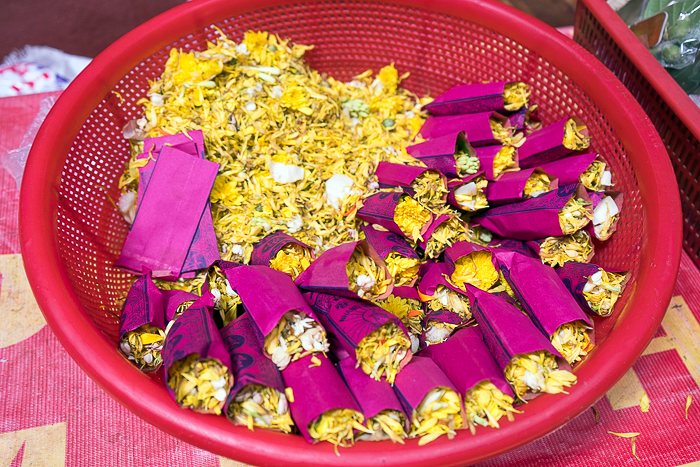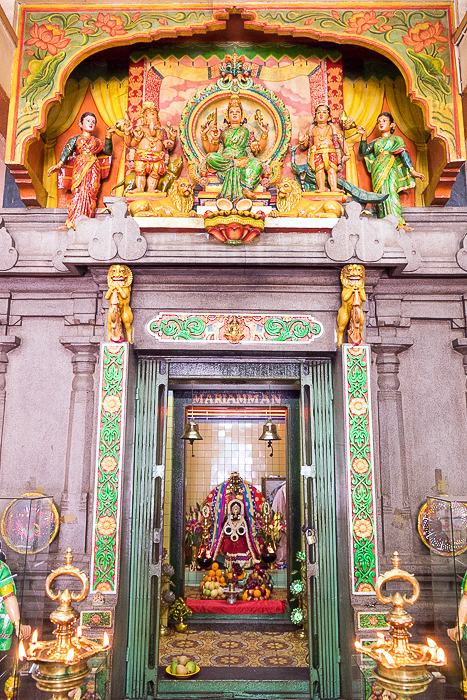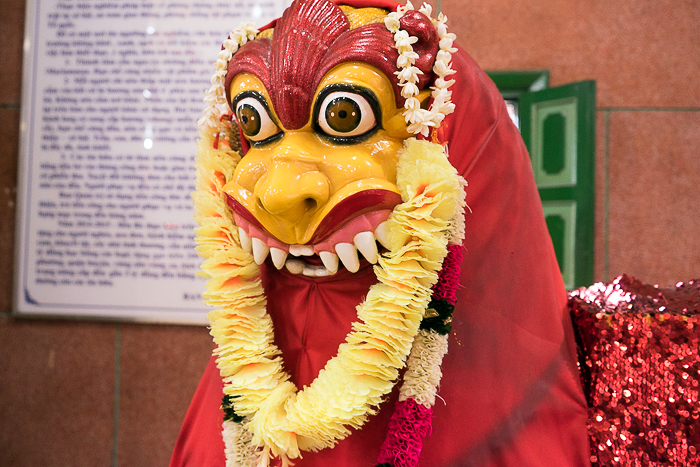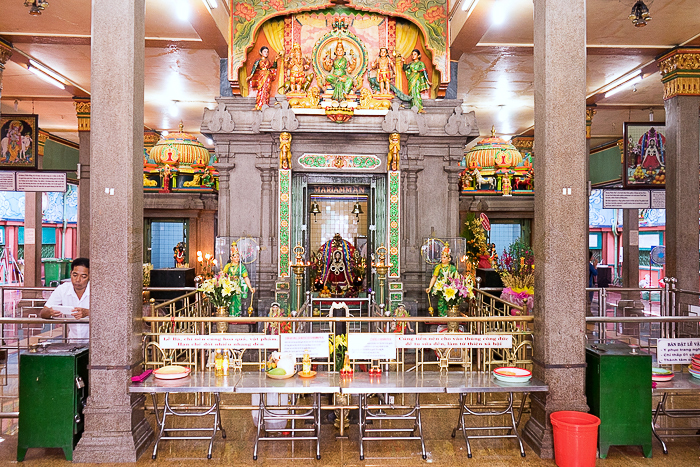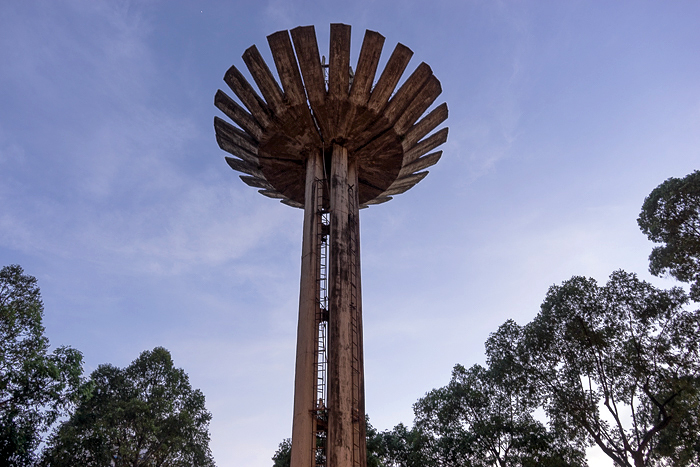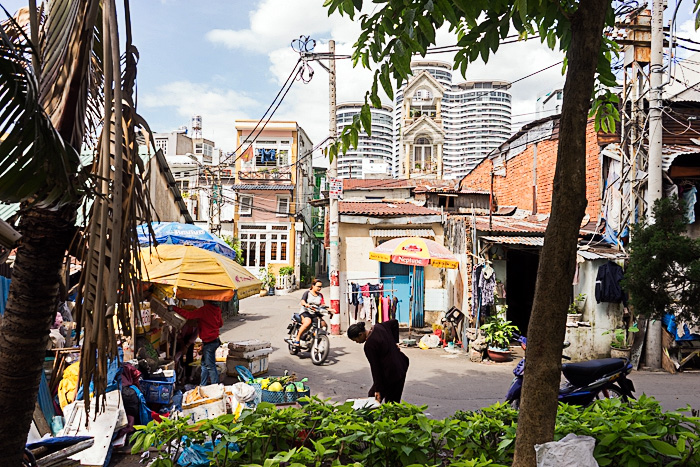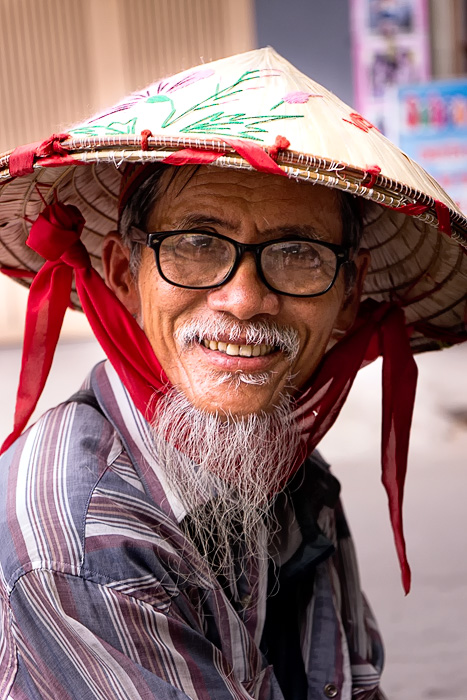Three Hindu Temples in Saigon
Although the merest sliver of Vietnam’s population practices the faith, a number of prominent Hindu temples are located right in the middle of Saigon. We visited three in a single morning, all of them a short distance from each other in District 1.
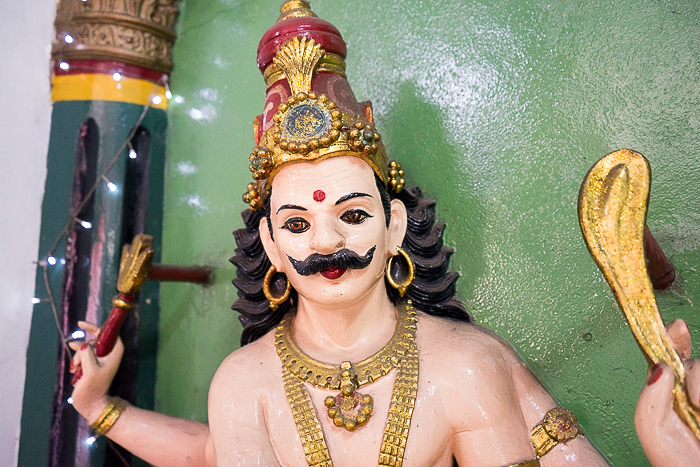
Hinduism was the religion of choice for the Champa kingdom, which was based around Hue and collapsed in the 15th century as the Vietnamese began to roll in from the north. The Champa were highly influenced by India, and remains of their pagodas can still be found in Central Vietnam. Today, almost of all Vietnam’s 54,000 Hindus come from the surviving Cham communities. There might not be many of them, but when they’re visiting Saigon, they’ll find a wealth of places to worship at.
Sri Thendayuthapani
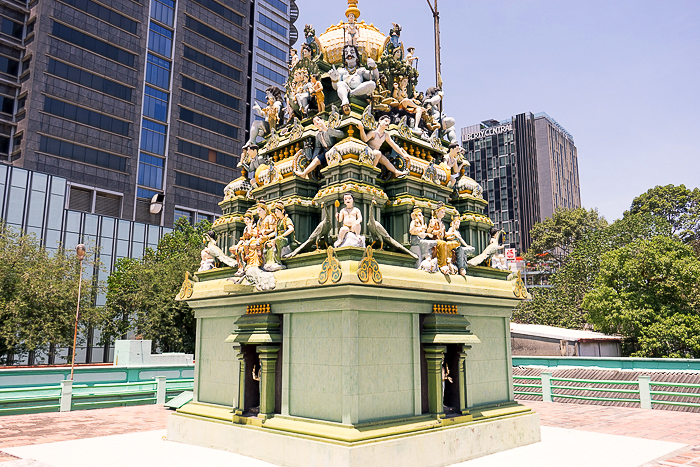
We started at the Sri Thendayuthapani Temple. (The Vietnamese, whose language doesn’t do well with multi-syllabic words, call it the Chùa Ấn Giáo.) Despite a total lack of worshipers, we managed to see a ceremony, which consisted entirely of a solitary man waving a burning incense stick and ringing a bell in front of each of the temple’s many statues.
Inside the courtyard, there’s an inner sanctum whose walls are covered in colored tiles; visitors are not allowed in the heart of this structure. We did, however, have the chance to climb up to the roof and get a close look at the statue-studded shikhara (spire) which, alongside the usual multi-armed Hindu deities, features some strange figures such as bow-tied youths in suspenders, and what might have been Charlie Chaplin.
Location: Sri Thendayuthapani
Đền Subramaniam Swamy
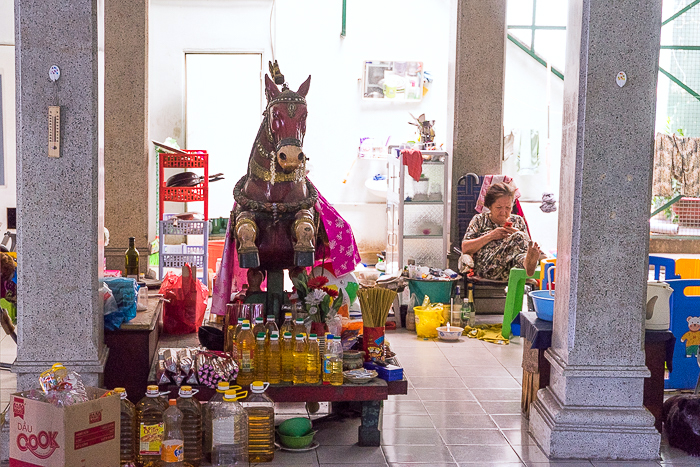
Around the corner from the Sri Thendayuthapani, we found the Subramaniam Swamy… which was either a Hindu Temple, or some lady’s house. We’re still not entirely sure. The woman chilling on a chair, watching her soaps on a flat-screen TV, seemed to suggest “house”. But then, there was clearly a shrine, so… “temple”? However, we must consider the exercise bike in the corner: “House”.
In the end, we figured it was both. At any rate, the occupant-squatter-custodian didn’t seem to mind our presence, and we spent a few minutes checking out this strange place of worship. There was a speaker in one corner, whose sole purpose was to blare out a mantra on repeat, and a set of funny-faced log gods, whose story was posted in English. Basically, something interrupted the man who had been carving these gods from wood, so he left them as is… but even incomplete, they demand worship.
Location: Đền Subramaniam Swamy
Mariamman Temple
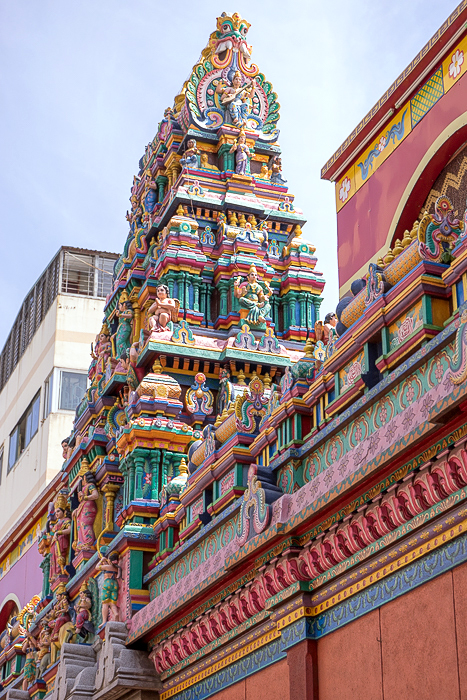
The city’s most important Hindu temple, and the spiritual center of its Hindu community, is the Mariammam Temple. We visited shortly after it had re-opened for lunch. Mariammam is the Hindu rain goddess, believed to heal diseases like smallpox. A legend posted inside the temple tells of a lovely woman named Nagavali, who unwittingly insulted the gods by being too beautiful. As punishment, she was afflicted with pockmarks, leading her husband to reject her. She became known as “Mari”, meaning “changed”.
This was the busiest of the three temples we visited. Perplexed, we watched a row of faithful women press their heads repeatedly against the altar’s cold, stone walls. Whether this was a prayer for beauty or a clear complexion, or something else entirely, we’re not sure.
Location: Mariamman Temple
More Photos from the Sri Thendayuthapani
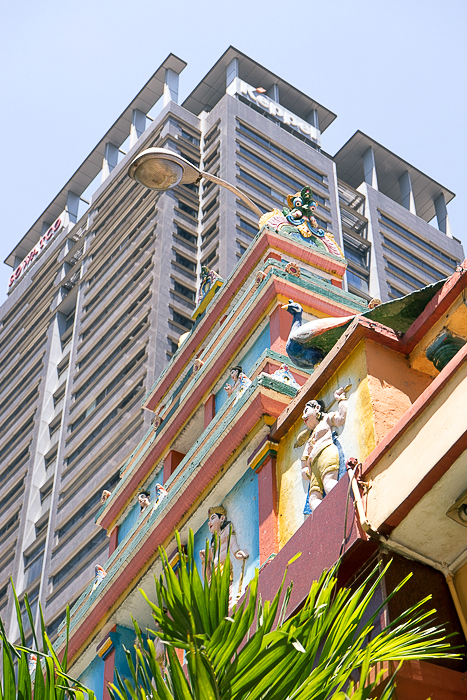
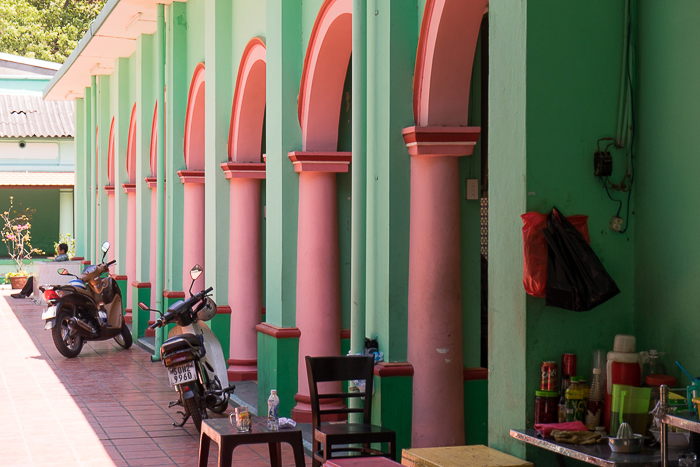
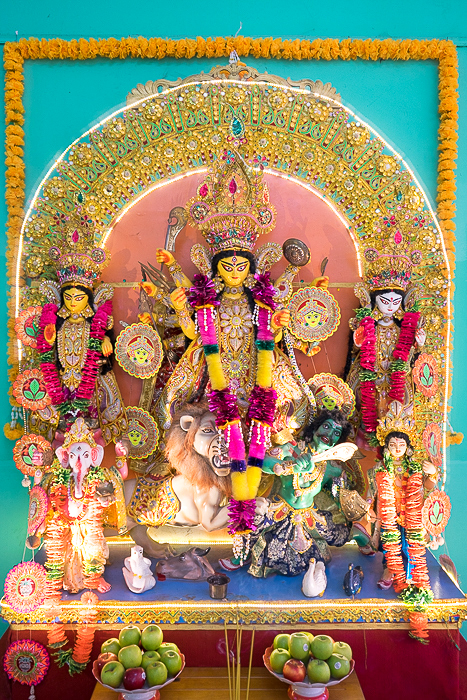
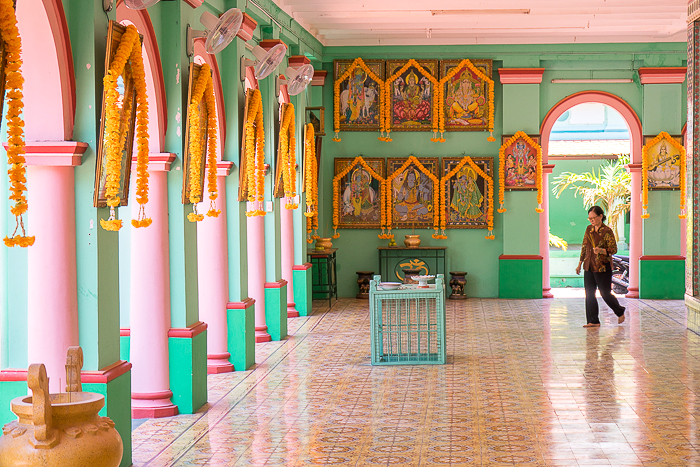
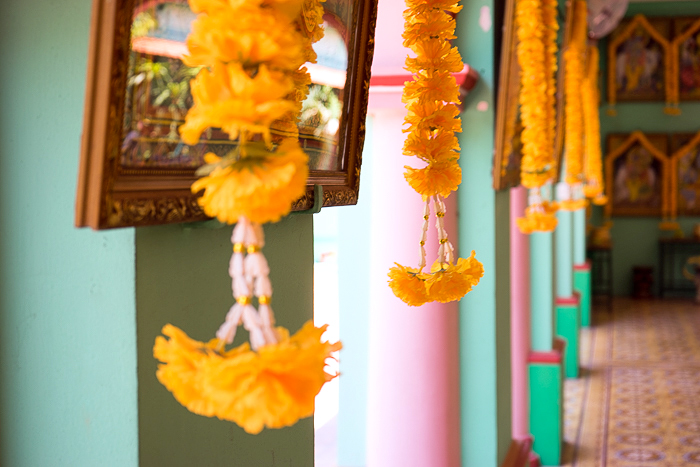
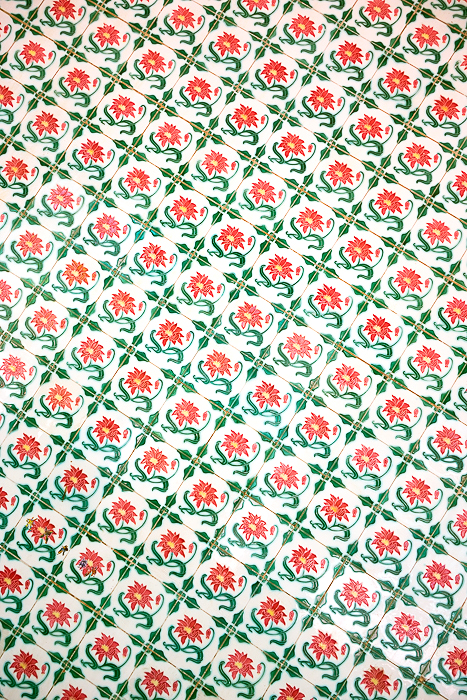
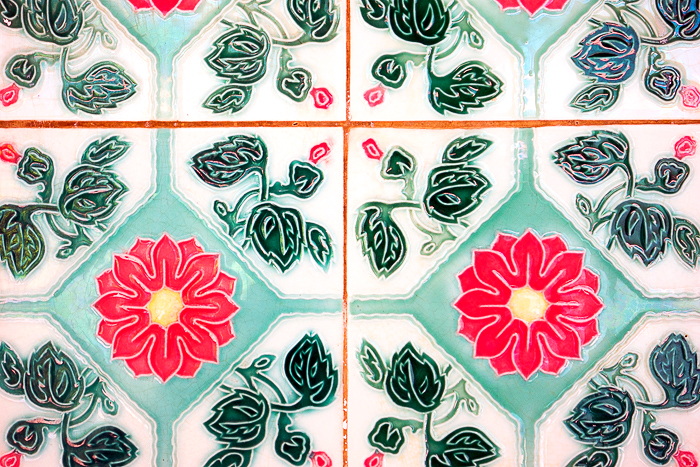
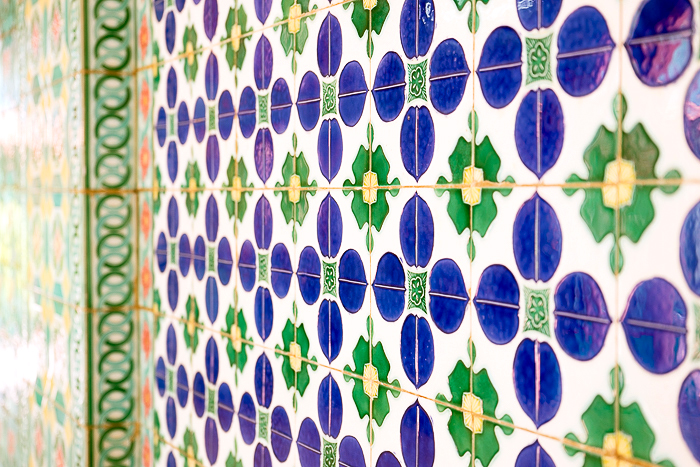


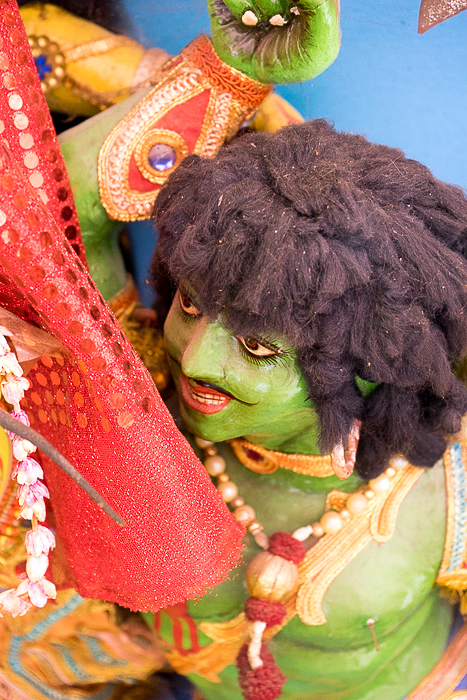
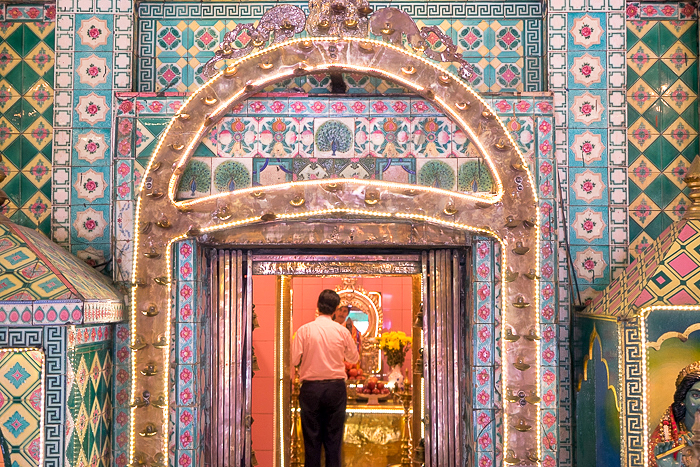
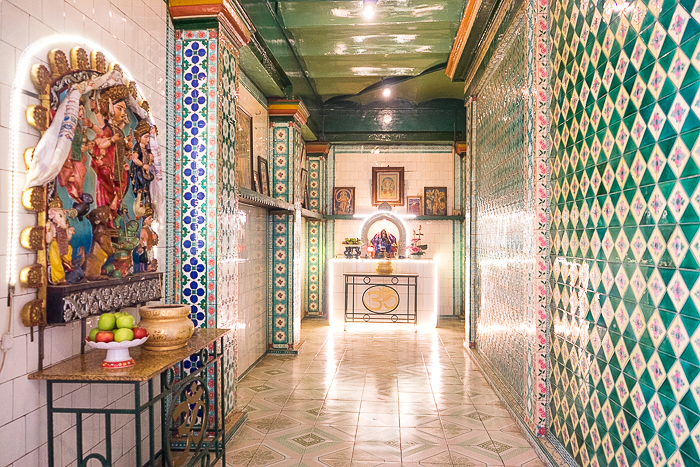
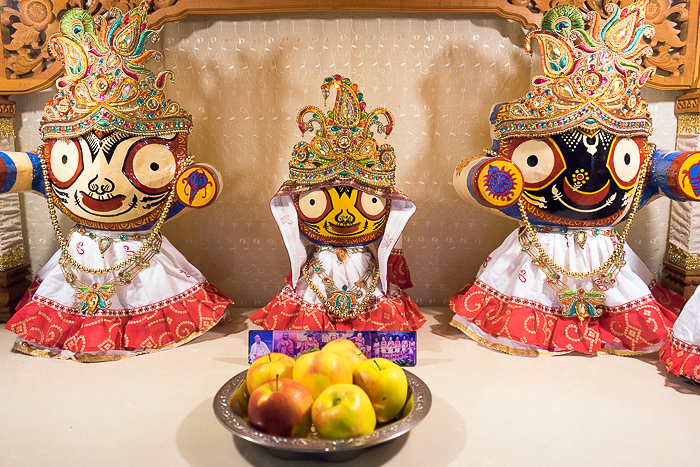
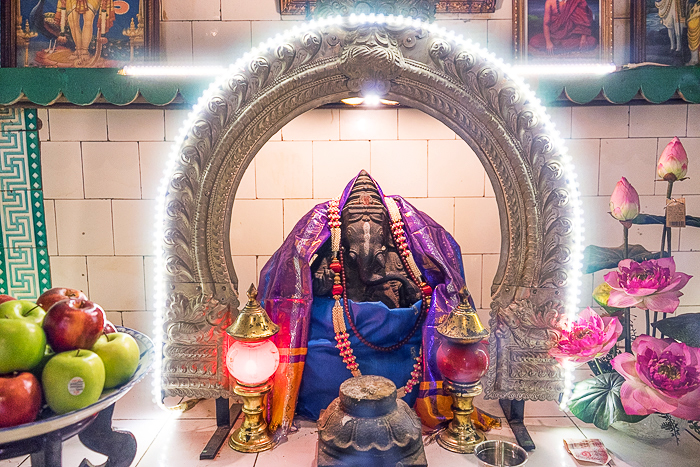
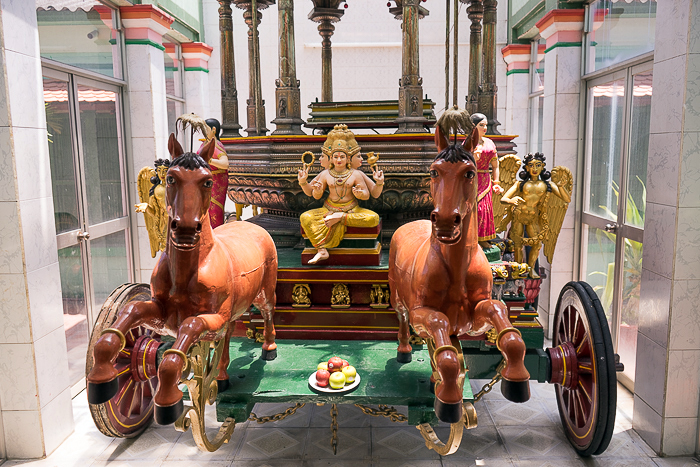
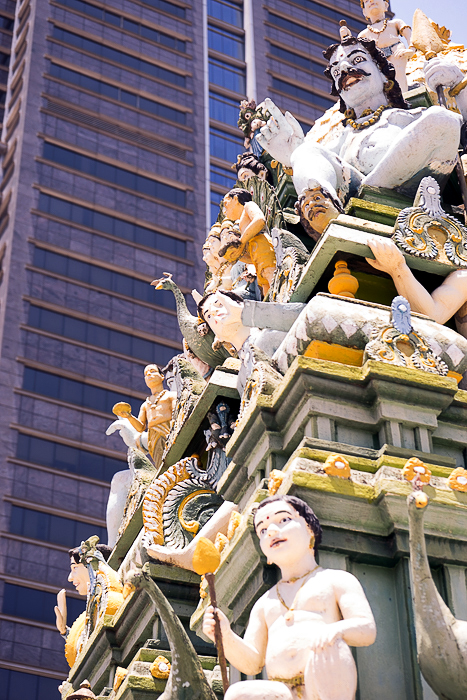
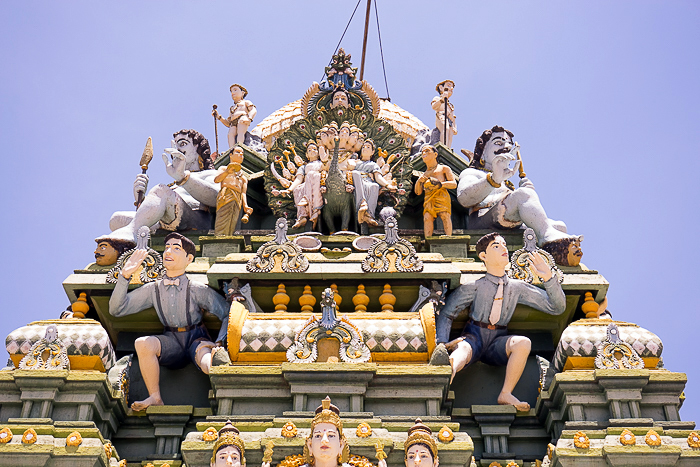

More Photos from the Đền Subramaniam Swamy
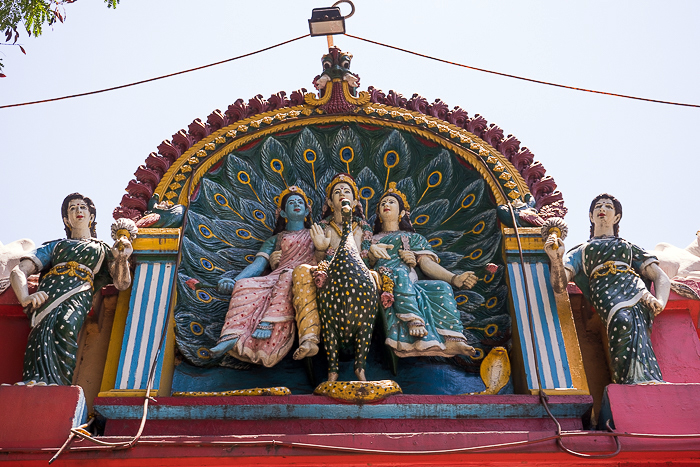
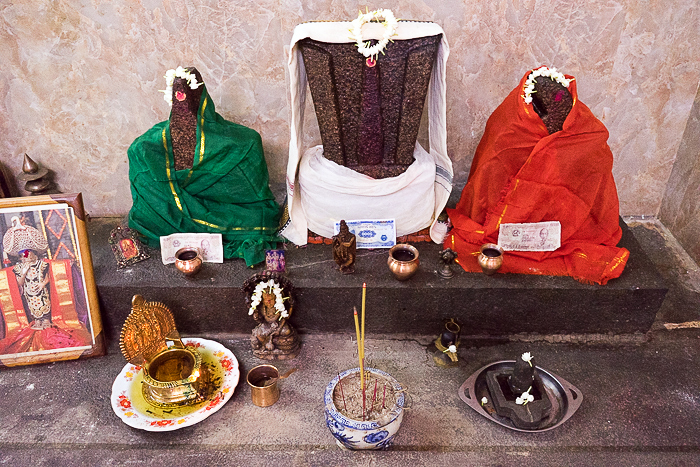
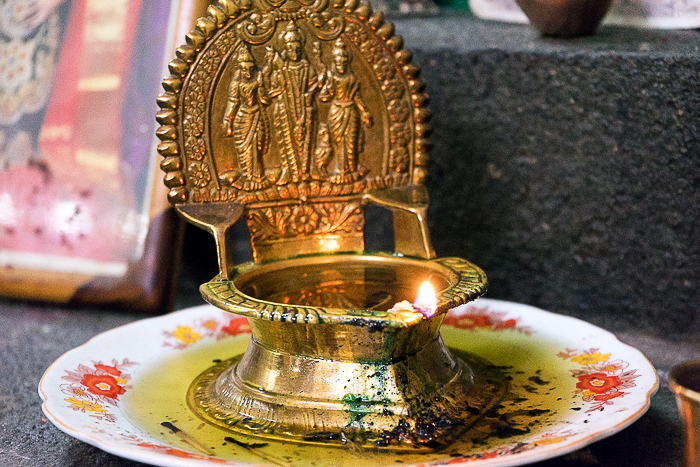
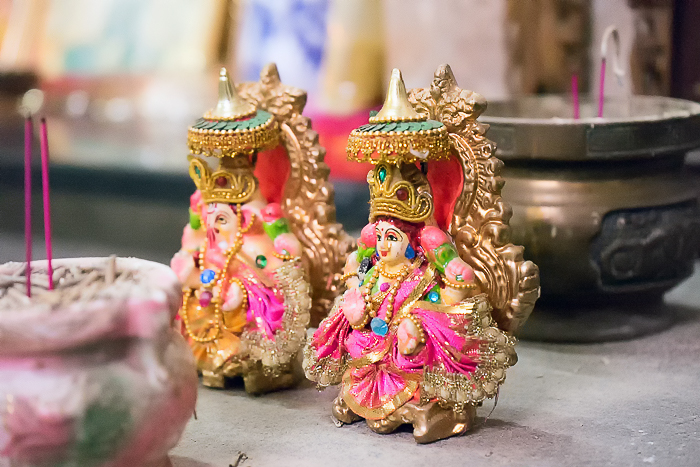
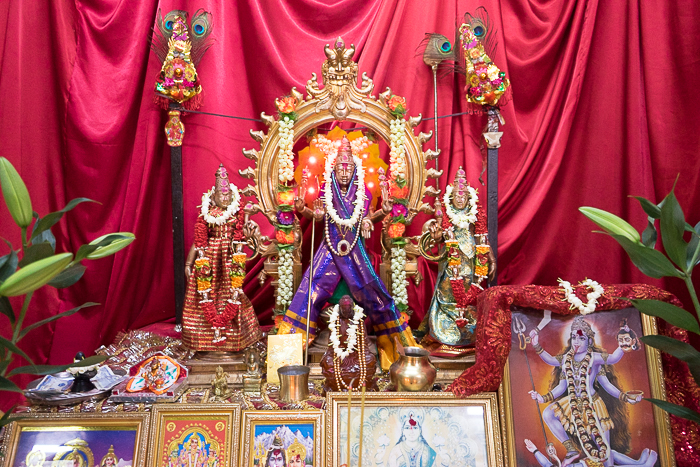
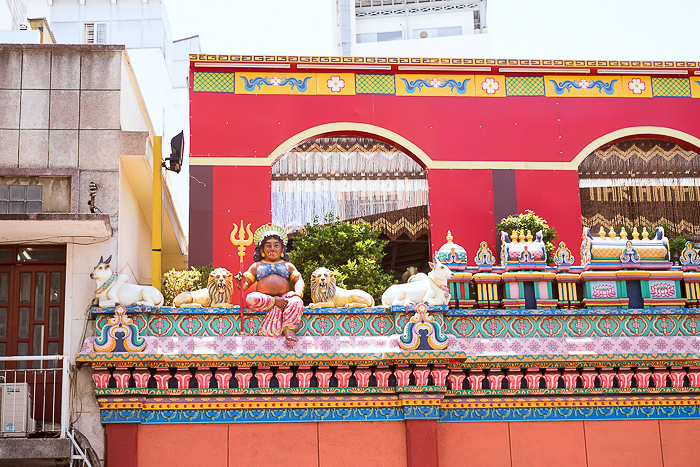
More Photos from the Mariamman Temple
